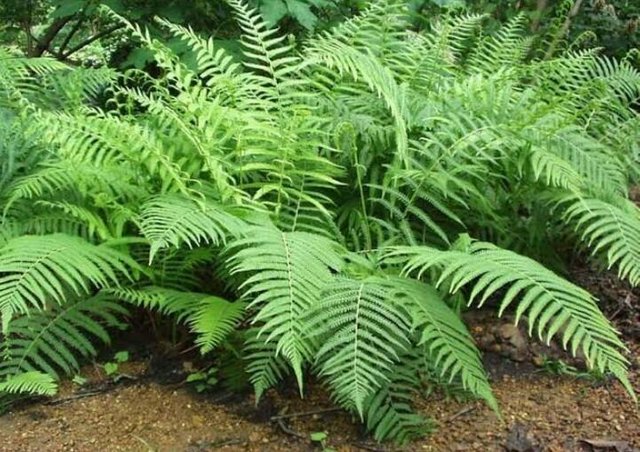Plants (Pteridophyta)
This post discusses about Nail Plants (Pteridophyta) with the focus of the discussion includes understanding, characteristics, classification, and benefits. Let's look at the following description carefully.

UNDERSTANDING PAKU PLANT (PTERIDOPHYTA)#
A nail plant called Pteridophyta. Nail plant is a plant with a higher level of moss because it has the roots, leaves, and stems true. In addition, although the main habitat of nail plants is in humid places (higrofit), but nail plants can also live in various places such as in water (hydrofit), stone surface, soil, and can also attach (epiphytes) to trees.
Homospora nail plants produce spores of the same size and can not be distinguished between male spores and female spores. This type of plant is also known as isospora nails.
For example, Lycopodium sp (wire nail).
This type of nail plant produces spores of different sizes so-called an-isospores. Male spores are called microspores because they are small, whereas female spores are larger so they are called macrospores. For example, Selaginella sp (nail rane).
Nail plants this class is higher level than the previous class. The Pterophyta class already has true roots, stems, and leaves. The leaves of this plant are large so called megafil. The trunk can grow above or below the ground.The class characteristic of this class is its young leaf rolled (circinnatus) and there is a sorus on the bottom surface of the leaf.
For example, Asplenium nidus (nest nest), Salvinia natans (dow samples), Adiantum farleyense (peacock tail), and others.
So little discussion this time related to the seed plants (Pterydophyta) with the focus of discussion includes understanding.
I hope the information I present is useful. Thank you for visiting my blog.
Upvote, Follow @msdewi And ReBlog